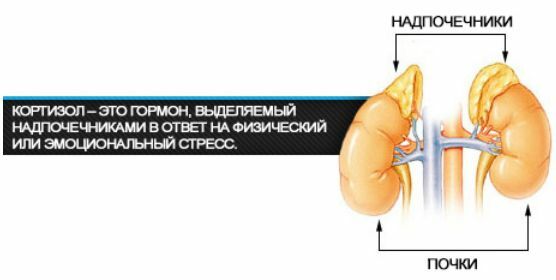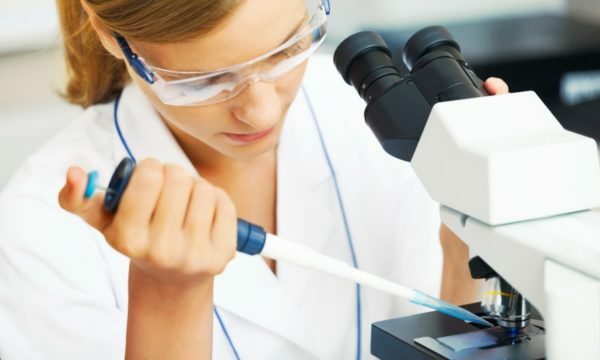The hormonal system is responsible for many functions in the human body. Any slight malfunction in the coherence of the work of this mechanism, when a certain indicator is lowered or raised, leads to discomfort and can even lead to unpleasant consequences, such as, for example, loss of ability to reproduce offspring. The hormones TTG and T4, with their normal content in the blood, are the most important indicators determining the absence of threats to human health.
The main indicators of the blood test for hormones

Biologically active substances that produce endocrine glands are called hormones. Regulation of the body functions is due to the development of them in the body. Part of the hormones affects the performance of almost all organs, while others interact only with target cells.
The main hormones responsible for the normal functioning of the thyroid gland are:
- thyrotropin,
- thyroxin total and free,
- T3( triiodothyronine) total and free,
- TG - thyroglobulin,
- antibodies to TG and thyreperoesthetic( TPO).
To this list, you can add a whole series of hormones produced in the body, including, for example, HG( chorionic gonadotropin), which is elevated in pregnancy and reproduced by the placenta.
The above names are present in the decoding of the blood test for hormones in thyroid disorders or in a number of general diseases.
Hormone thyrotropin
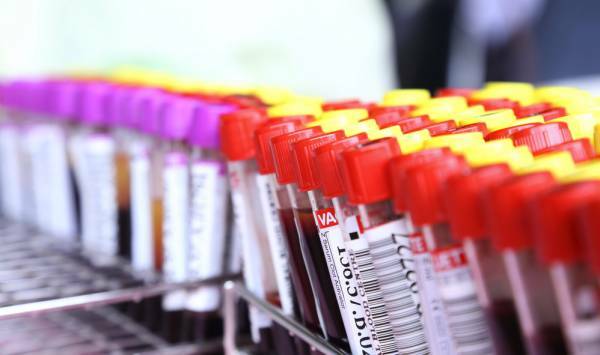
Thyrotropic hormone or thyrotropin, thyrotropin, in contraction - TSH.In the international classification - TSH.Thyrotropin is produced by the pituitary gland, in front of it. By chemical composition refers to complex proteins, which in their structure contain carbohydrates. The main task of thyrotropin is the regulation of the production and secretion of hormones of thyroxin and triiodothyronine, called thyroid hormones.
In the case when the relationship between the pituitary gland, hypothalamus and thyroid gland works properly, then when T4 and T3 levels are lowered tirotropin will be raised, and the reverse action means that thyroxine is elevated when thyrotropin is lowered, while strengthening the formation of new blood vessels in the thyroid gland.
Determining the amount of thyroid-stimulating hormone is the main method for diagnosing thyroid status. The following indications can serve as the basis for analysis of TSH content:
- detection of hypothyroidism,
- mental retardation of children,
- hereditary muscle disease - myopathy,
- heart disease related diseases,
- inability to reproduce,
- control checks in the presence of toxicgoitre or hypothyroidism,
- hyperprolactinemia - the prolactin hormone is increased,
- definition of alopecia - with pathological loss of hair.
The development of thyroid-stimulating hormone in the body occurs at certain daily rhythms, while the peak of high secretion occurs at night, in the morning. Lowered thyrotropin level in the evening hours. Hence, with insomnia, the normal rhythm of production is disturbed. With the approach of a person to retirement age, the concentration of thyrotropin rises slightly, however, the night increase decreases.
Hormone thyroxine
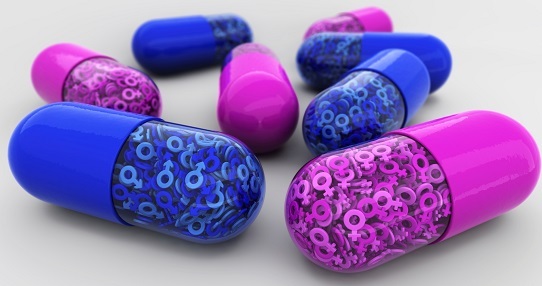
Thyroxine or tetraiodothyronine, in contraction T4 is the main thyroid hormone that produces the thyroid gland. Its number is up to 90% of all thyroid hormones. It is the basis for triiodothyronine( T3).In accordance with the chemical formula contains four atoms of iodine, as a result of which its abbreviation T4 occurs.
The thyroxine in an organism is lowered after approach of forty years of age. At women during pregnancy the maintenance of a hormone increases, with achievement of the maximum values in the third trimester. The concentration of tetraiodothyronine also changes during the year, with the highest level being observed in late autumn and low in summer. Daily variations are maximum from morning to noon, and are minimal with the onset of night.
To deliver the produced thyroxine to any organ there is a transport protein that, after capturing a molecule of thyroxine, performs a joint journey through the body in a bound state. Delivered hormone for the purpose and freed from the vehicle - protein, tetraiodothyronine is called T4 free. The main biological effects are produced by this small part of the hormone. The total population of bound and free thyroxine is called T4 common. Due to the fact that the clinical picture is more accurate, when the thyroxine is measured free, the main indicator of the assay is a bunch of thyrotropin-tetraiodothyronine free.
Level of TTG lowered
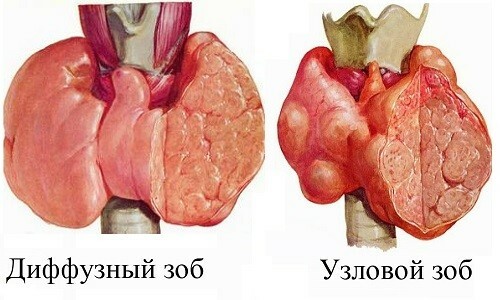
TTG can be lowered due to the following diseases:
- presence of a diffuse toxic goiter in the patient,
- adenoma thyrotoxic,
- thyrotoxicosis TTG-independent,
- pituitary dysfunction - acromegaly,
- thyroid disease - thyroiditis,
- hyperthyroidism- hyperthyroidism,
- depletion of the body in extreme form - cachexia,
- pituitary trauma,
- malignant tumor - choriocarcinoma,
- renal failure,
- liver cirrhosis,
- deRessam,
- T3-toxicosis,
- violation of thermoregulation - heat stress,
- Cushing's syndrome,
- conscientious objection to eating - anorexia nervosa,
- mental health disorders.
Increase in the level of free T4
The reasons for which thyroxine is free increased may include:
- the patient has a diffuse toxic goiter,
- inflammation of thyroid tissue - thyroiditis,
- benign formation with the appearance of the node - adenoma thyroid,
- thyrotoxicosis( hyperthyroidism) TTG-independent,
- excessive weight gain,
- postpartum abnormalities in the thyroid gland,
- diseases associated with renal or hepatic pathology,
- heparin therapy.

Accumulation of a free thyroxin in a large amount leads to an excessive effect on the target organs, which means that the body has a disease called thyrotoxicosis syndrome. This disease leads to pathology in many systems of the human body - the nervous, gastrointestinal tract, cardiovascular, reproductive.
Interrelation TSH lowered - T4 free increased
When analyzing the analysis, a situation is often encountered when tyrotropin is lowered and thyroxin is elevated. This means that there is a hormonal disease of hyperthyroidism, which has a second name - thyrotoxicosis. This condition is predetermined by an increase in the thyroid gland in size and its transition to a state of high activity. At the same time, hormone thyroxine is produced in excessive amounts. This leads to a gradual poisoning of the body, a low level of efficiency appears.
Hyperthyroidism is manifested against a background of such diseases as thyrotoxic adenoma, thyroiditis or diffuse toxic goiter. These diseases combine one common factor - T4 is free increased, and TSH is lowered. With some forms of disease, it is possible that tirotropin remains stably low. Postpone the treatment of such diseases can not in any case. This means that when the first symptoms are detected, an urgent appeal to specialists is required.


